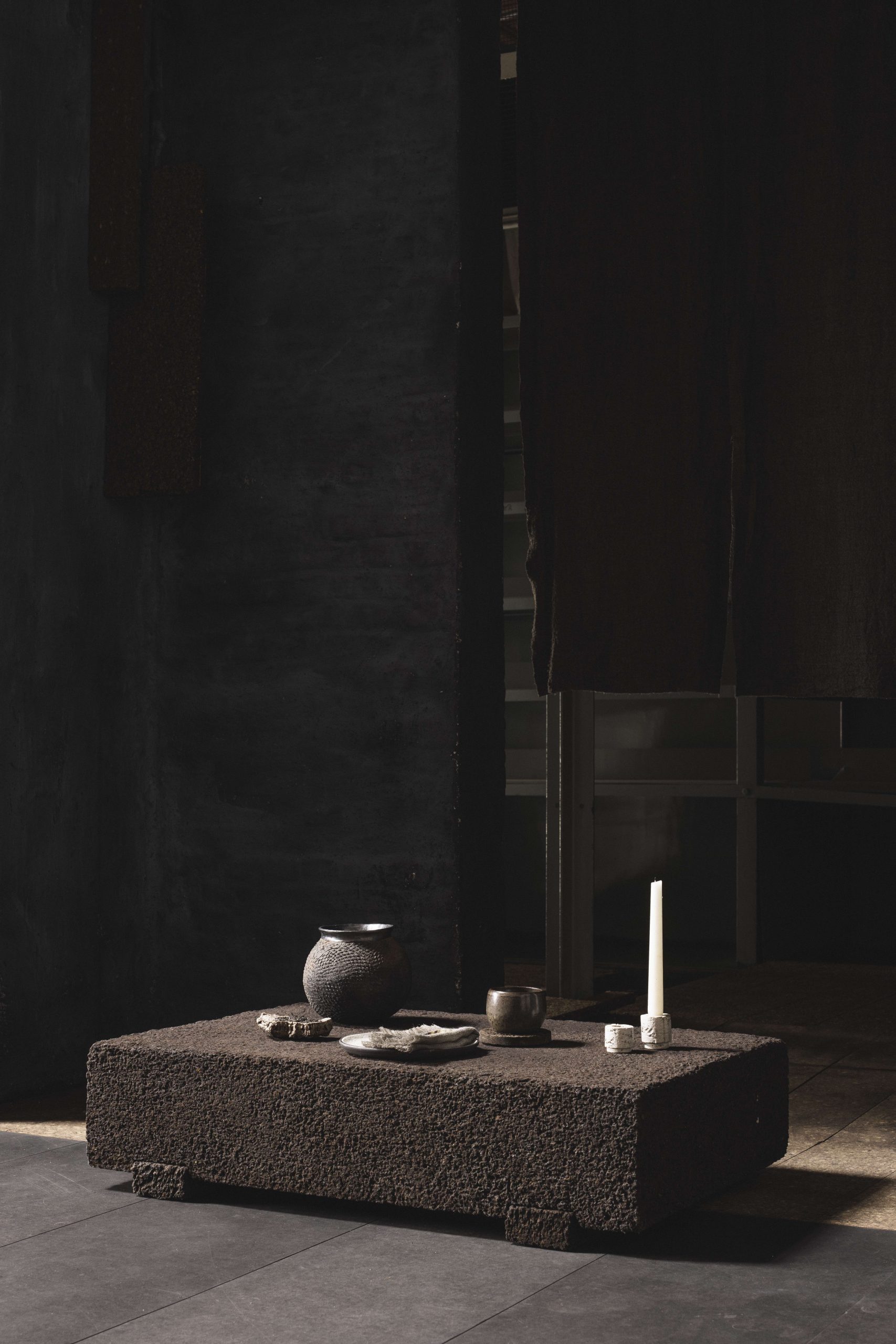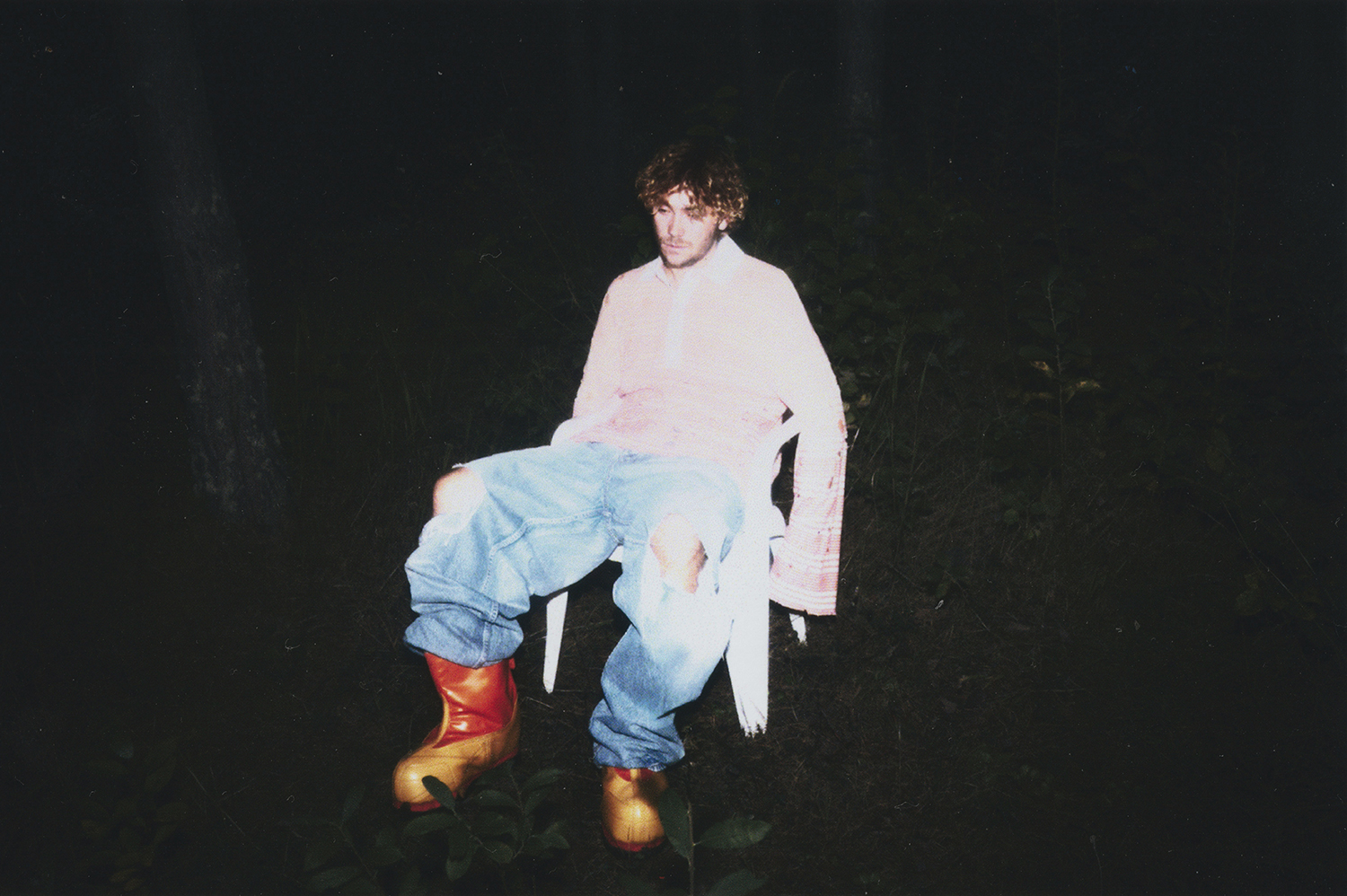The acclaimed Colorado roots artist’s new album pays homage to his Montana upbringing, his Native heritage and the paintings of Charles M. Russell.
The acclaimed Colorado roots artist’s new album pays homage to his Montana upbringing, his Native heritage and the paintings of Charles M. Russell.

Cary Morin. Photo courtesy of the artist.
Cary Morin has lived in Colorado for many years. But the seasoned and celebrated Americana artist spent the first 19 years of his life in Montana, immersed in the state’s Indigenous culture thanks to his father, an Assiniboine tribal member, and his mother from the Crow tribe. (Her father, Robert Yellowtail, was a Crow Nation leader and important figure in defending the tribe’s rights and land.)
A huge aspect of that culture—and Montana’s as a whole—was the art of painter Charles M. Russell (1864-1926). Russell was a favorite artist of Morin’s parents and grandparents and a local hero, and Morin grew up surrounded by his paintings. “It’s something Montanans and other people in the West have in common. I even went to Charlie M. Russell High School!” Morin says. The connection goes even deeper for Morin himself, who can point out the sites of his father’s and grandfather’s homes in many of Russell’s paintings.
Although he himself was not Native, Russell was “a friend to Plains Tribes in a time when Western Expansion was the word of the day,” as Morin puts it. He respected and paid attention to the subtle but significant cultural details of clothing, ritual and social interaction in a way most white artists of the time did not.
Morin inherited books of Russell’s art and letters, and studying them inspired him to write songs based on some of his favorites. That idea would eventually become Innocent Allies, his new album slated for a January 2024 release.
The project grew organically from the first song, “Big Sky Goes Down,” which he penned while sitting on a bluff overlooking the Colorado River. Morin went on to write 14 songs in total, all inspired by Russell’s work. He recorded demos in his home studio while the world was largely at a standstill due to the pandemic and sent them to Grammy-winning engineer Trina Shoemaker to get her input before going into the studio.
“She said, ‘I think you’ve already recorded this album and I’ll mix it if you want,’” Morin recalls. “That was the first time I realized, I don’t have to go out and re-record this at a studio.” The demo recordings became the basis for the songs on the album.
Morin reached out to musicians he’d worked with in the past to invite them to collaborate. “I would send them a handful of songs and say, ‘Does anything speak to you here?’” The artists chose the songs they wanted to play on and recorded their parts remotely, sending them to Morin, who got to see his tracks form from these separate contributions. “It was really fun the way that it came together,” he says.
One memorable moment from that process was on the first song, which Morin called upon Eric Adcock to play piano on. “He asked me a couple of times, ‘How do you want me to approach this?’ And I would say to him, ‘You’re the maestro, what do you think?’ He said, ‘You want me to, like, power it?’ ‘Yeah, power it!’ And so because of him, the very first thing you hear on Innocent Allies is this big kind of cinematic boom.”
“Cinematic” is a good way to describe the entire album, a sprawling, ambitious collection of stories and meditations full of emotion and big-sky landscapes. They stand strong on their own but gather even more richness upon learning the backstory of each. (The Innocent Allies album title is also inspired by a Russell painting, which depicts three horses waiting atop a cliff while their riders hold up a stagecoach in the gulch below.)

Cary Morin’s Innocent Allies album artwork.
One of Morin’s current favorites, “Wally and Keeoma”—featuring just vocals and fingerstyle guitar—ponders two subjects of Russell paintings. “Keeoma is a Native subject that shows up in many of Charlie’s paintings, and people don’t know if she was a real person or not,” Morin explains. “Wally was actually in his life. She was the daughter of a rancher and they had a little romance going on, but eventually her family won and they parted ways.
“The idea of these two relationships that he had, one real, one maybe not … they show up together in exhibits, in magazines, but they never knew each other. I thought that was an interesting idea. This was one of the few songs where we decided to just keep it simple, and it came out kind of sounding like a John Prine tune. It was perfect for the idea.”
Some of Russell’s paintings led Morin to make two of the album’s 14 tracks instrumentals. “‘Bullhead Lodge’ is inspired by several of Charlie's works painted in what would later become Glacier National Park,” Morin explains. “He had this beautiful cabin on a lake in a remote part of Montana. He would paint there, and it seemed like a better idea to create a soundtrack for that idea, not to apply vocal or lyrical thoughts to these images that were landscapes and void of people.”
The other instrumental is a cover of a traditional Irish fiddle tune. “Growing up in Montana, one of the first things I did was play bluegrass with friends,” Morin says. “That song is one I remember and it seemed to go well with another group of Charlie’s paintings of bars and drinking establishments in small cow towns in Montana. The title ‘Whiskey Before Breakfast’ also seemed appropriate.”
Some tracks were inspired by Russell’s writing rather than specific paintings. “Good Medicine” takes the form of a letter, the style and tone drawn from Russell’s own missives. “There’s a collection of letters he wrote to his buddies around the world called Good Medicine. In his later years especially, he became well acquainted with Will Rogers and other Hollywood people who consulted with him on Westerns because he knew how everything is supposed to look,” Morin explains.
While the “letter” in the lyrics is mostly in Morin’s voice about his own Montana experiences, it does contain “some of Charlie’s words,” Morin says. “He always ended his letters the same way: ‘Best from me and mine to you and yours.’ I included that and some other little quips he uses. People who are familiar with that book or grew up in my hometown will recognize that stuff.”
Another favorite of Morin’s is “Old Timers Poem.” “It’s the only song where Charlie wrote all the lyrics,” he says. “It's a poem he sent to a friend about Montana, talking about the old days and all the things they shared. I really love this song and giving him his own voice. I tried to give it kind of a classic melody and chord structure. It’s long, but I couldn’t cut any of the poem out. Charlie’s gotta say what he’s gotta say. We tried to make it one long crescendo; it starts out with just guitar and then we add the piano and then harmonica and drums and bass, and it gets bigger as the song goes on.”
Morin hopes to eventually provide multimedia experiences for listeners, whether it’s with detailed liner notes and reproductions of the paintings, or even projections of the paintings at live shows with context given for how each painting influenced its companion song.
He’s exploring collaborations with museums as well as traditional music venues, though he’s still in the early stages of feeling out the possibilities for this unique concept album, both visually and sonically. “I went over the songs yesterday with the band and we’re trying to imagine how we can get a big enough sound. It’s got to be economical; we don't have an endless budget. We gotta find a way to make it work and make it effective.”
Whatever the eventual rollout of the album looks like, Morin says he’s more excited about Innocent Allies than he’s ever been for an album. “It speaks specifically, from the first note to the last, to my life in Montana as a child. This one’s really special because of that. I’ve written family things here and there, but I never put together an entire project that’s completely focused on that time in my life.
“It’s really personal and really exciting to get it out there and have my high school friends and grade school buddies that I grew up with go, ‘Hey, man, check this out. This is for us.’ I think it’s something that many people in the West have in common, especially in Great Falls, Montana. We were always surrounded by this stuff. Now we have this thing that we can all share.”
Cary Morin’s WebsiteABOUT THE AUTHOR

Carol Roth. Photo credit: Dan Lee.
Carol Roth is the primary writer, social media manager, podcast producer and event-calendar updater for Adventures in Americana. By day she’s a marketing writer/brand strategist. In addition to playing guitar and songwriting, she writes self-proclaimed “trashy” novels under the pseudonym T.A. Berkeley.















